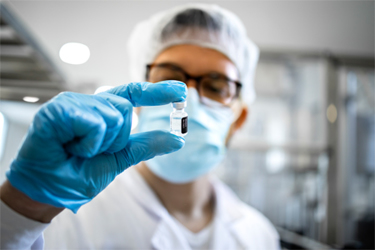Adaptation Of An Adherent hCK (MDCK) Cell Line To A Serum-Free Suspension RCB For MCB Production

An engineered Madin-Darby canine kidney (MDCK) cell line was developed and optimized for isolating and propagating human influenza viruses by modifying the host cell's α-2, 6-sialoglycan and α-2, 3-sialoglycan expression levels. However, the adherent nature of this humanized MDCK (hCK) cell line posed challenges for large-scale influenza vaccine production relating to scalability. Over a period of ten months, this serum-dependent hCK cell line was adapted into a serum-free suspension cell line while preserving its engineered characteristics. The adaptation process involved three phases: transitioning from serum-containing media to serum-free media in flatware, then from adherent serum-free to suspension serum-free in shake flasks, and finally establishing a stable progenitor cell bank optimized for growth.
Through extensive testing of various serum-free media and agitation methods for suspension growth, a Research Cell Bank was established with greater than or equal to 80% viability, less than or equal to 20% aggregation, and less than or equal to a 30-hour doubling time. Subsequently, this process was successfully transferred to manufacturing to produce a GMP Master Cell Bank. This modified serum-free suspension MDCK cell line now serves as an optimal platform for isolating human influenza viruses from clinical samples and scaling up influenza vaccine production to an industrial scale.
Get unlimited access to:
Enter your credentials below to log in. Not yet a member of Outsourced Pharma? Subscribe today.
